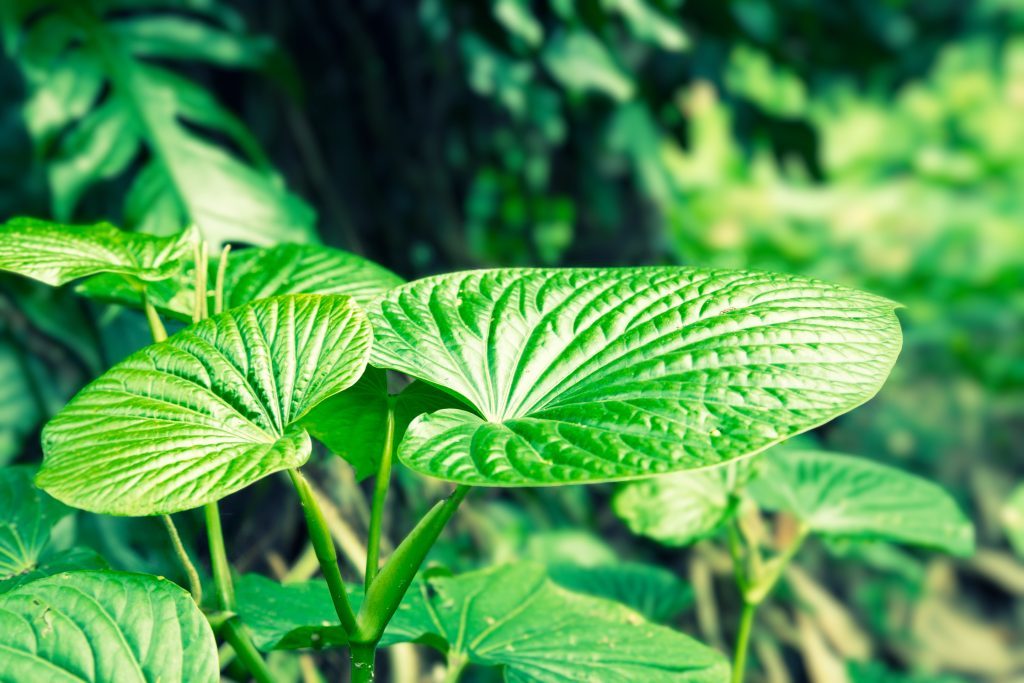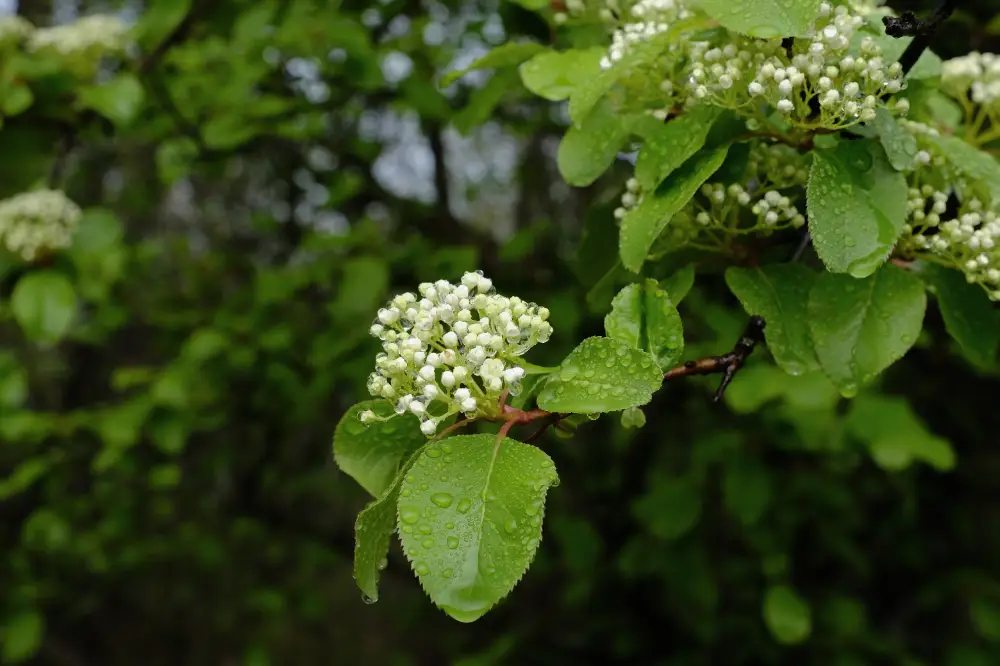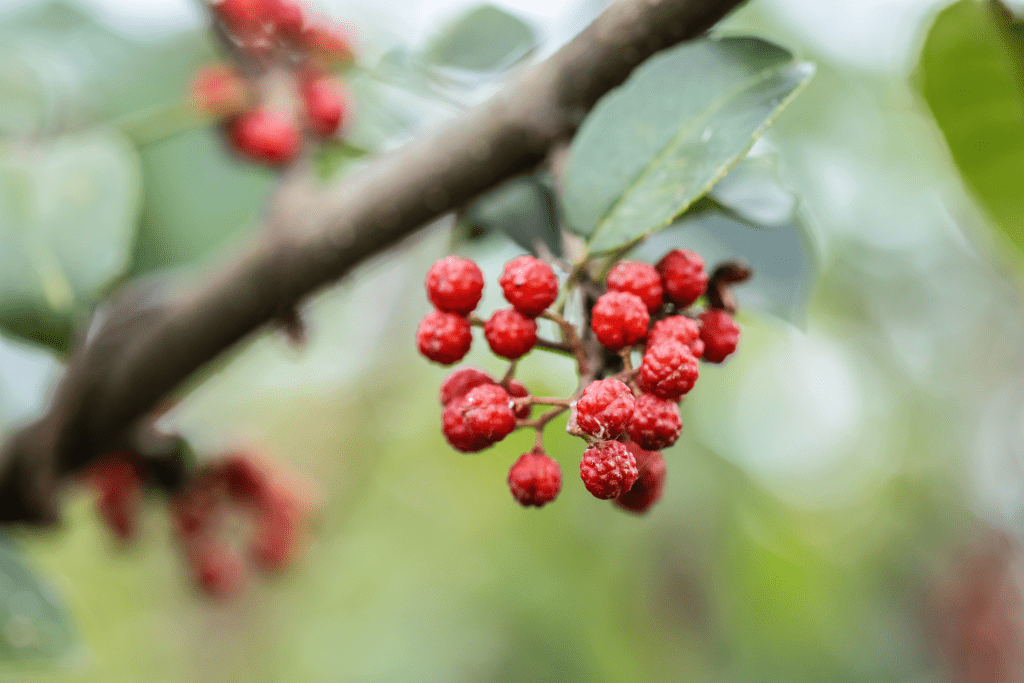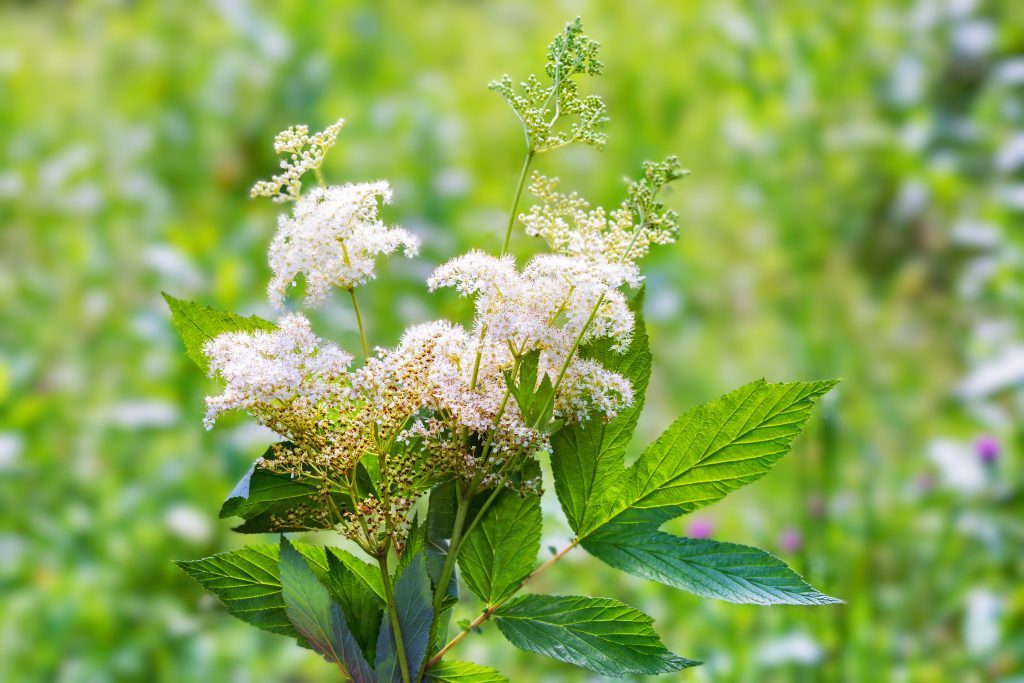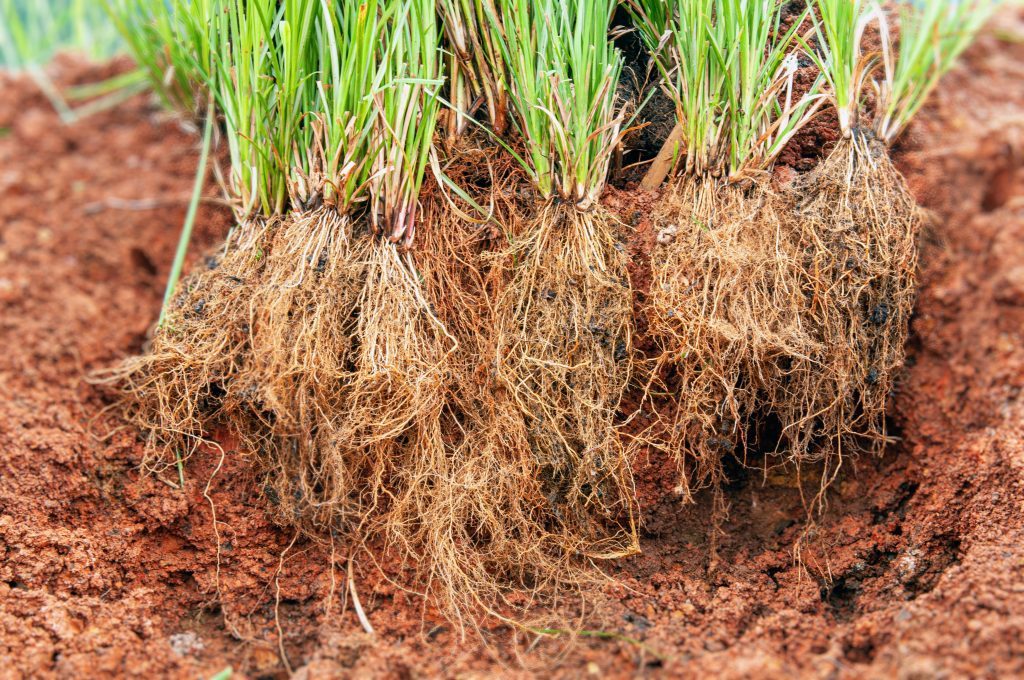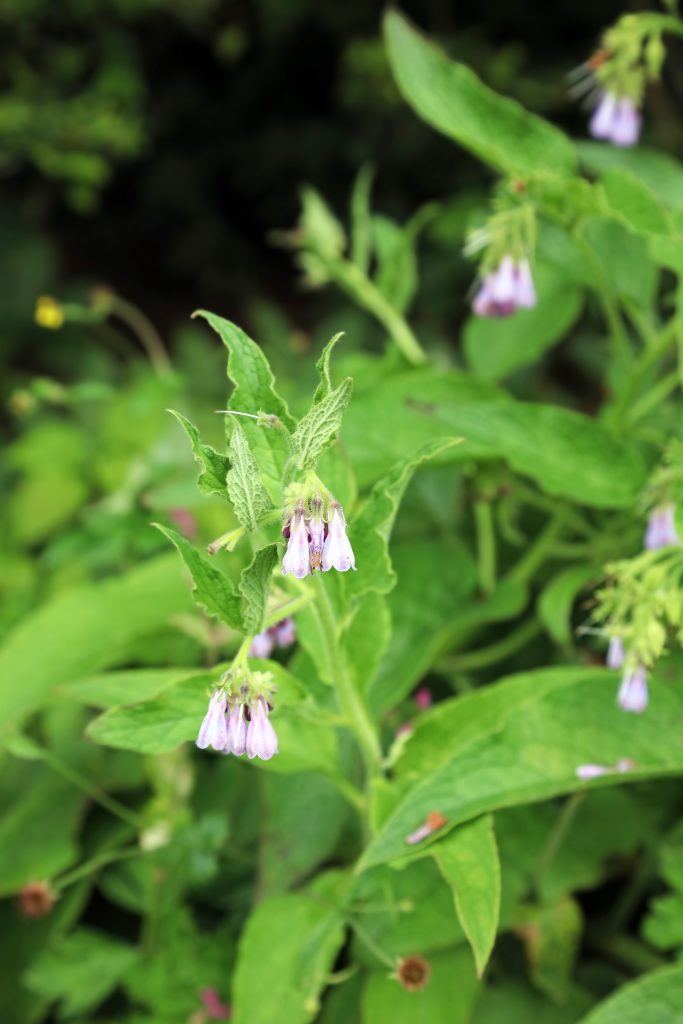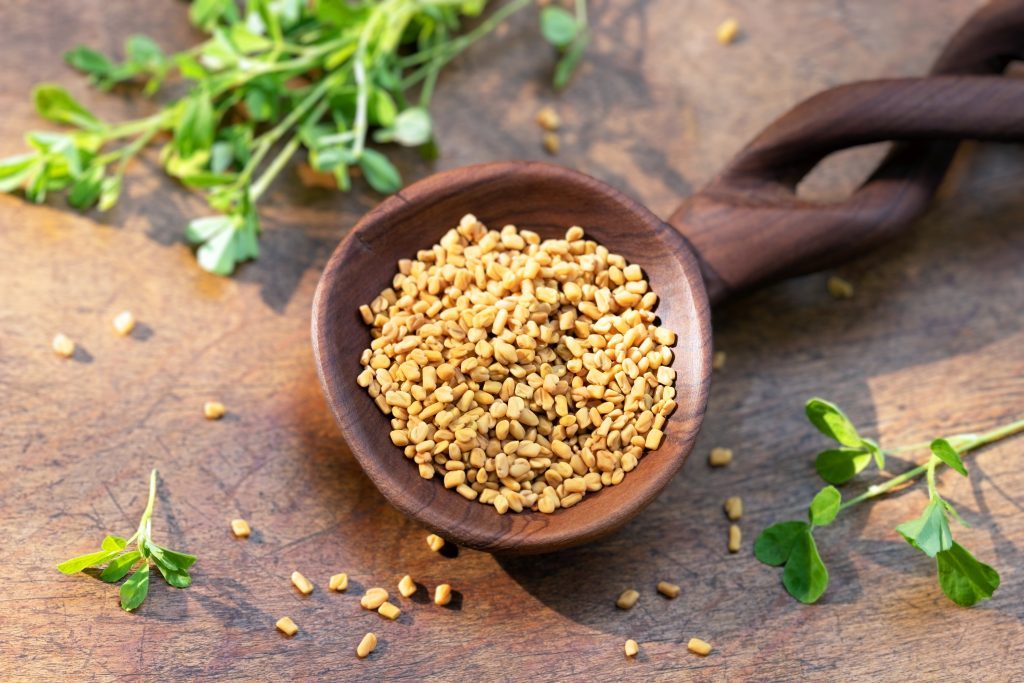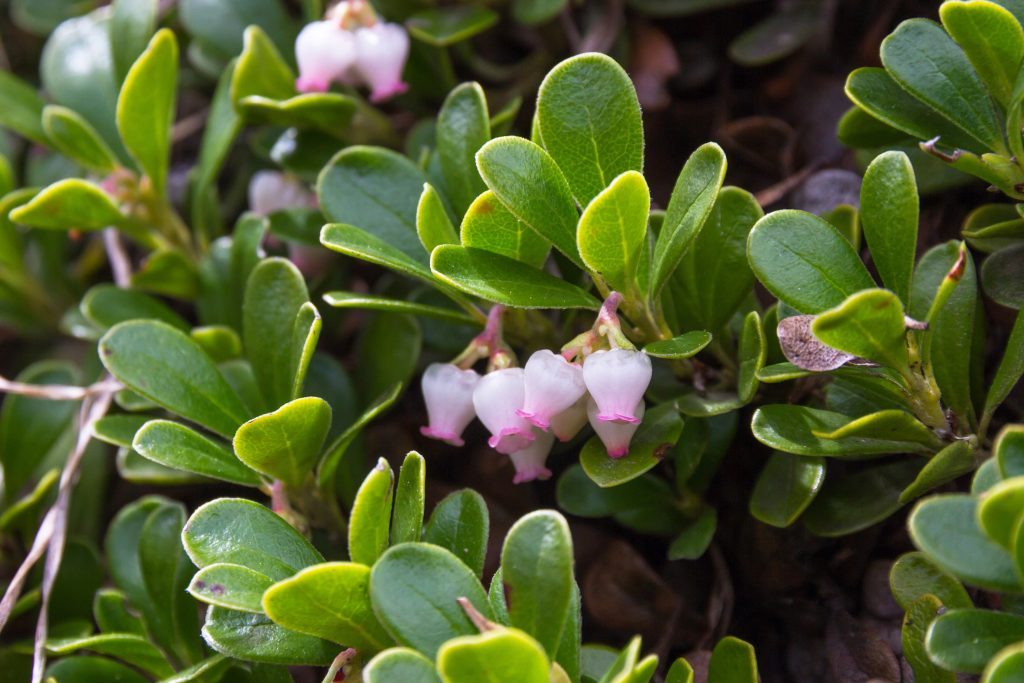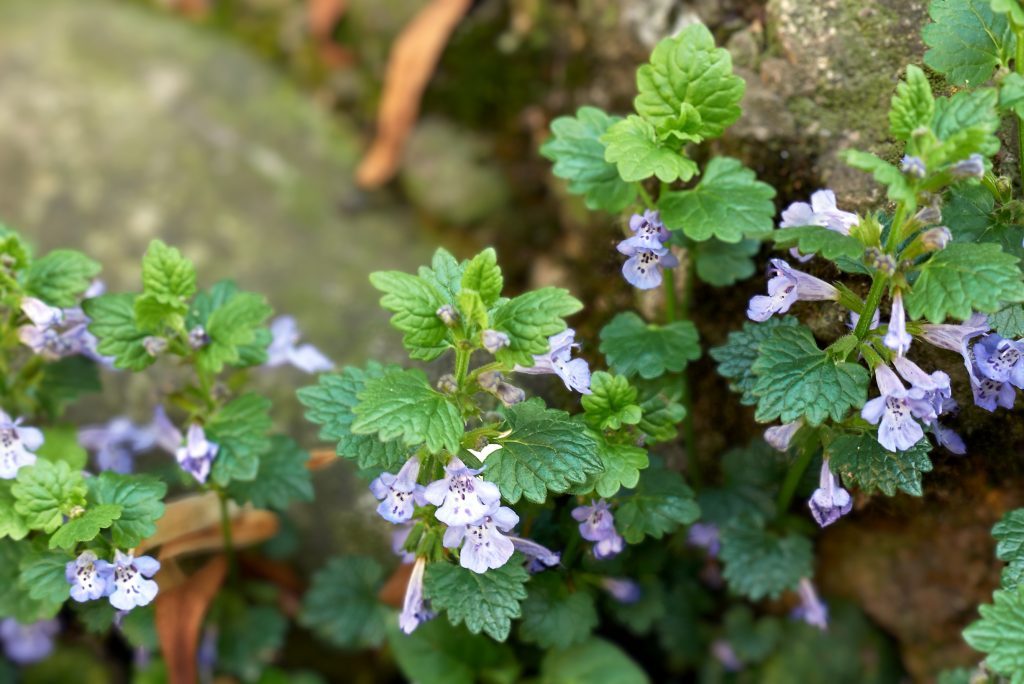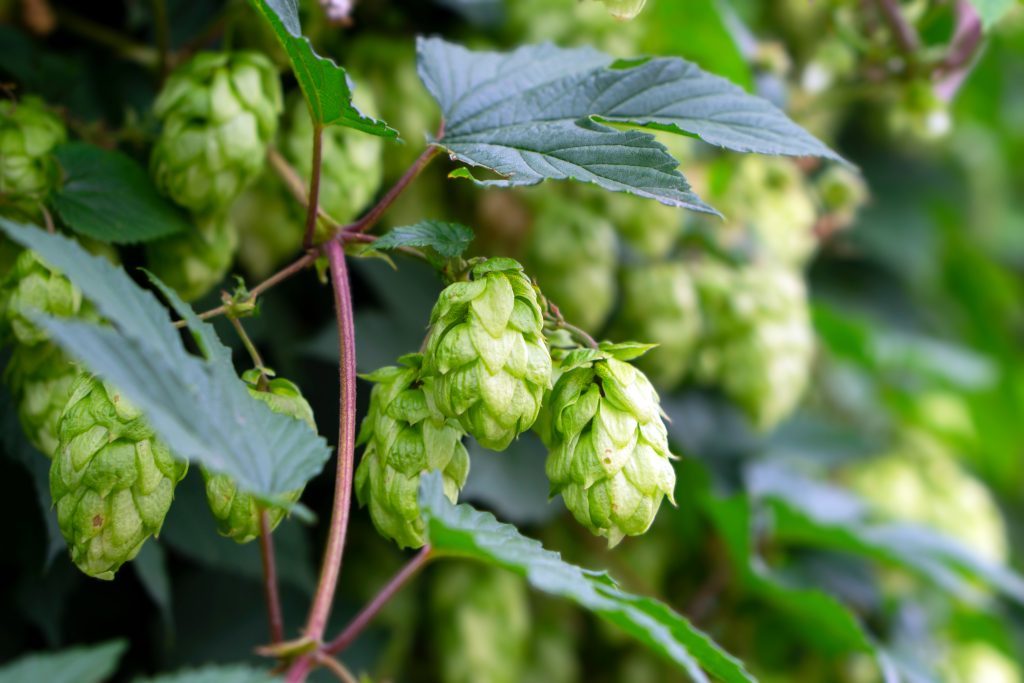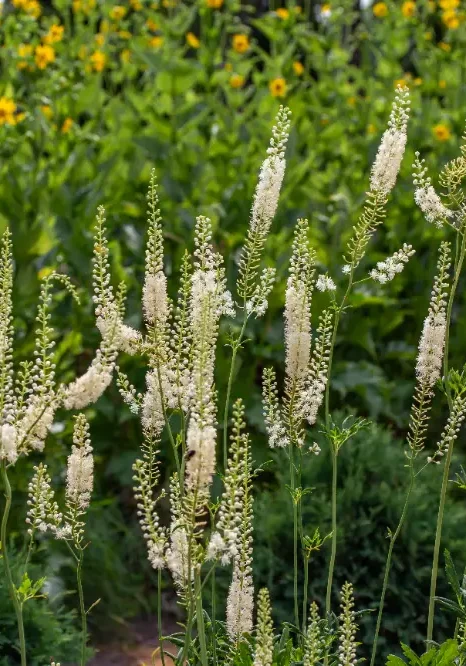
Black Cohosh
Actaea racemosa; Cimicifuga racemosa
Ranunculaceae (Buttercup Family)
Used primarily to treat women’s hormonal imbalances, especially menopause symptoms.
Other names:
Black Snakeroot, Fairy Candle, Black Bugbane.
Superpower
Eases menopause symptoms.
Uses
- Women’s Health:
- Menstrual and Menopausal Support:
Traditionally, Black Cohosh has been used to alleviate symptoms related to menopause, including hot flashes, night sweats, mood swings, and vaginal dryness. It has also been utilized to regulate menstrual cycles and relieve menstrual cramps.
- Menstrual and Menopausal Support:
- Labor and Childbirth:
- In traditional Native American and European practices, Black Cohosh was employed to aid in labor, believed to induce contractions and reduce pain during childbirth.
- Anti-inflammatory and Pain Relief:
- Black Cohosh has been valued for its anti-inflammatory properties, used to relieve arthritis, rheumatism, and muscle pain. Its ability to reduce inflammation has made it a common remedy for joint and muscle pain.
- Nervous System Support:
- Historically, Black Cohosh was used to treat nervous system disorders, including anxiety and depression, particularly when linked to hormonal imbalances.
- Respiratory Health:
- Traditionally, it was used to treat respiratory conditions such as bronchitis, asthma, and coughs. Its muscle-relaxing properties helped relieve these symptoms.
Cautions
- Pregnancy and Breastfeeding:
- Avoid during pregnancy, as Black Cohosh can stimulate uterine contractions, which may lead to miscarriage or premature labor. It is sometimes used under supervision during labor but is not recommended throughout pregnancy.
- Not recommended during breastfeeding, as there is insufficient research on its safety for nursing mothers and infants.
- Liver Toxicity:
- There have been reports of liver toxicity associated with Black Cohosh. Individuals using it should monitor for symptoms such as jaundice (yellowing of the skin or eyes) and seek medical advice if symptoms occur. People with pre-existing liver conditions should avoid Black Cohosh.
- Hormone-sensitive Conditions:
- Black Cohosh has estrogen-like effects and should be used cautiously by individuals with conditions such as breast cancer, ovarian cancer, endometriosis, or uterine fibroids. Its phytoestrogenic properties can influence hormone levels.
- Interactions with Medications:
- Hormonal Medications: Black Cohosh may interfere with hormone replacement therapy (HRT) or oral contraceptives, potentially affecting their efficacy.
- Blood Pressure Medications: Since Black Cohosh can lower blood pressure, it may enhance the effects of antihypertensive medications, resulting in abnormally low blood pressure.
- Possible Side Effects:
- Some users may experience side effects such as headaches, dizziness, stomach upset, and rashes. Long-term use of Black Cohosh has not been extensively studied, so it is generally recommended for short-term use only.
Known Chemical Constituents
- Triterpene glycosides & Saponins (actein, 27-deoxyactein, cimifugoside, cimigenol & cimicifugin)
- Isoflavones (formononetin)
- Alkaloids (methylcysteine)
- Phenolic acids (ferulic acid, caffeic acid)
- Resins
- Tannins
- Flavonoids
- Salicylates
Botanical Description
Plant Type:
- Perennial Herb
Actaea racemosa is a perennial herbaceous plant that can grow up to 1.8–2.5 meters (6–8 feet) tall. It is a woodland plant that thrives in moist, rich soils.
Leaves:
- Large, Ternately Compound Leaves
The leaves are large, dark green, and pinnately compound. Each leaf is divided into 3 segments, with each segment further divided into toothed leaflets. The leaf structure is delicate and fern-like in appearance, adding an ornamental quality to the plant.
Flowers:
- Small, White, Fragrant Flowers in Long Racemes
The flowers are small, white, and form in dense clusters on tall, slender stems called racemes. These racemes can be up to 60–90 cm (2–3 feet) long, resembling candles, which is why one of the common names is “Fairy Candle.” The flowers have a sweet, slightly unpleasant fragrance and bloom in late spring to early summer (typically June to July). The flowers lack petals but have numerous stamens that give them a feathery appearance.
Fruit:
- Dry Follicles
After flowering, the plant produces small, dry follicles containing seeds. The seeds are smooth and brown.
Stem and Bark:
- Tall, Erect, and Unbranched Stems
The stems are tall, erect, and unbranched. They are slightly ridged and green, and the plant grows upward in a robust manner from its base.
Root System:
- Thick, Rhizomatous Rootstock
The plant has a thick, black rhizome (underground stem) that gives rise to the common name “Black Cohosh.” The rhizome is gnarled and is the medicinal part of the plant, known for its traditional uses in herbal medicine.
Habitat:
- Woodlands and Shaded Areas
Actaea racemosa is native to eastern North America and grows best in shaded or partially shaded areas, particularly in deciduous woodlands. It prefers moist, well-drained soils rich in organic matter.
Growth Habit:
- Erect, Upright Growth
The plant has an upright, statuesque growth habit with tall flower spikes rising above its basal leaves. It often forms clumps and can spread slowly over time through its rhizomes.
Fun Facts
Has been used as a snakebite remedy in traditional settings.
Parts Used
Root & Rhizome.
Harvest
Best Time to Harvest:
- Late Summer to Early Fall
The roots of Black Cohosh are harvested in late summer to early fall, after the plant has finished flowering and the aerial parts have begun to die back. This is when the root contains the highest concentration of active compounds.
Parts Used:
- Root and Rhizome
The primary parts harvested for medicinal use are the thick, black rhizomes (underground stems) and roots. These contain the key chemical constituents used in herbal remedies.
Harvesting Method:
- Careful Digging of Roots
Harvesters use a digging tool or spade to carefully remove the roots and rhizomes from the soil. Care must be taken not to damage the plant’s root system, especially if it will be replanted or if harvesting from a wild population.
Processing and Drying:
- Clean and Dry the Roots
After harvesting, the roots are washed to remove soil and debris, then cut into small pieces. They are dried in a warm, well-ventilated area away from direct sunlight to preserve their active constituents. The roots should become hard and brittle when fully dried.
Sustainable Harvesting:
- Ethical Wildcrafting Practices
Due to the slow growth and potential overharvesting of wild populations, sustainable harvesting is crucial. Only mature plants should be harvested, and care should be taken to leave enough of the plant intact for regeneration. Wildcrafters are encouraged to harvest only a portion of the root or rhizome and to leave younger plants untouched.
Preparations
Tea, tincture, capsules.
Affirmations
“I embrace balance and tranquility with every step.”
Spiritual Associations
Used in protection rituals
Functions
A substance or agent that helps prevent, alleviate, or manage symptoms of rheumatic conditions, including joint inflammation, stiffness, and pain.
DiureticA diuretic is a substance that promotes the increased production and excretion of urine, helping the body eliminate excess fluids and salts through the kidneys.
Emmenagogue (stimulate menstrual flow)An emmenagogue is a substance that stimulates or regulates menstrual flow and can help address menstrual irregularities or delayed periods.
MenopauseMenopause is the natural biological process that marks the end of a person’s menstrual cycles, defined as occurring 12 months after the final menstrual period. It typically happens between the ages of 45 and 55 and is characterized by a decline in reproductive hormones, particularly estrogen and progesterone.
Menstrual HealthMenstrual health refers to the overall well-being and proper functioning of the menstrual cycle, including hormonal balance, cycle regularity, and the absence of significant pain or discomfort.
Muscle RelaxationMuscle relaxation refers to the reduction of muscle tension or spasms, often achieved through substances or techniques that promote the calming and loosening of tight or overactive muscles.
PhytoestrogenicA phytoestrogenic substance contains plant-derived compounds that mimic or modulate the effects of estrogen in the body by binding to estrogen receptors.
SedativeA substance that calms the central nervous system, reduces nervous activity, and induces relaxation or sleep, often used to alleviate anxiety, agitation, or insomnia.
Uterine tonicA substance that nourishes, strengthens, and supports the healthy functioning of the uterus, helping to maintain or restore its optimal tone and overall reproductive health.

